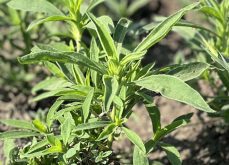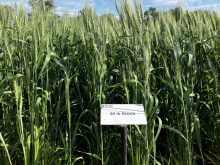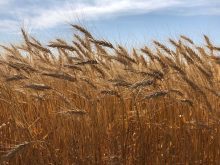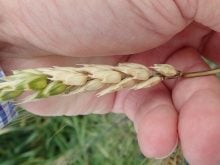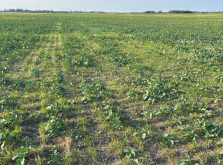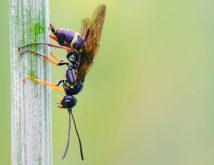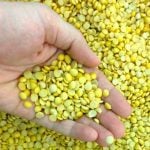Glacier FarmMedia – Wild oats and kochia are the most problematic weeds in Western Canada. They’re everywhere, and often come with resistance to herbicides.
“The story behind wild oat being one of the biggest grassy weed issues and kochia being one of the biggest broadleaf weed issues, is generally consistent across the board for the Prairie provinces,” says Charles Geddes, an Agriculture and Agri-Food Canada weed scientist in Lethbridge.
Both of these weeds are challenging, but Adama Canada says it now has a product that can help growers with wild oats.
Read Also
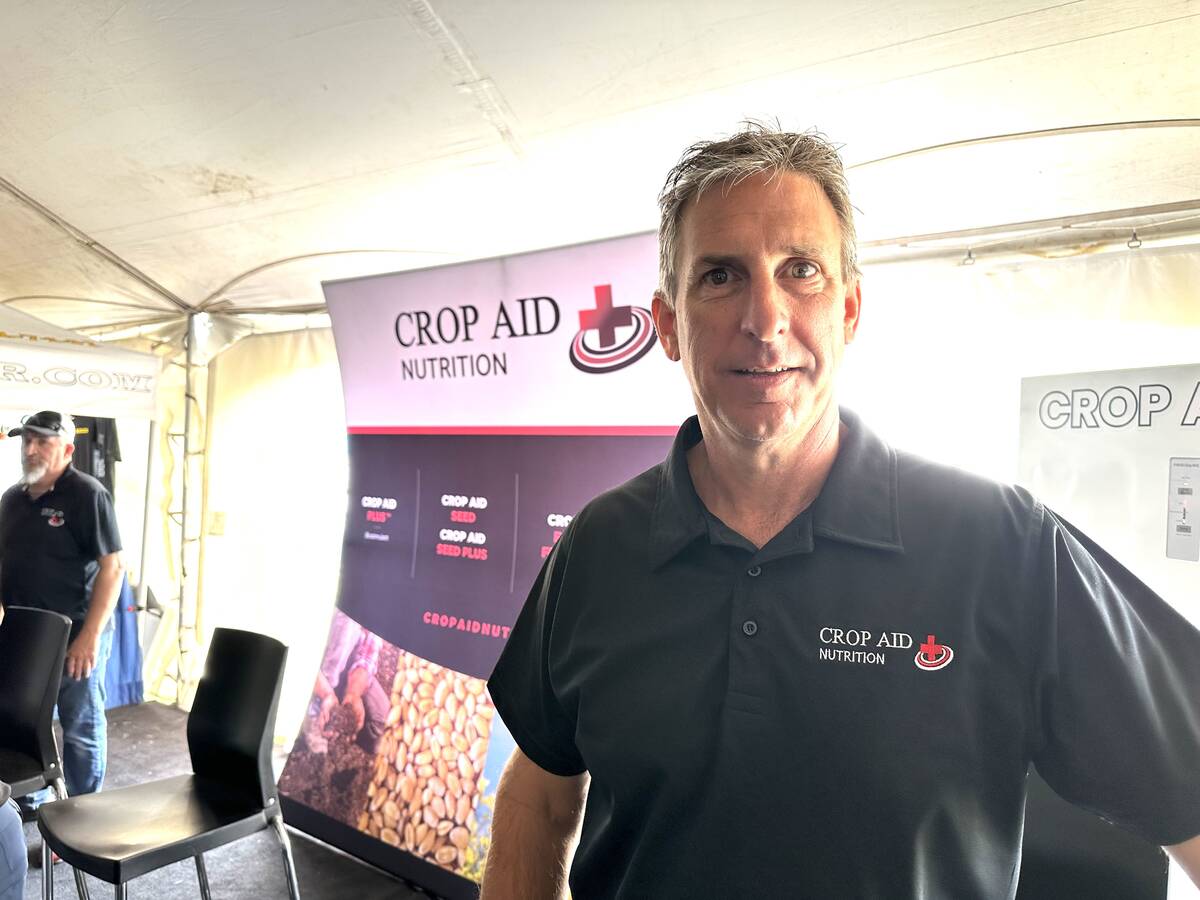
New soil treatment targets saline patches in fields
Crop Aid SS is a Saskatchewan-made spray that’s intended to help farmers manage saline soils by leaching salts away from the root zone.
At the Crop Production Show, held Jan. 14-16 in Saskatoon, Adama unveiled a new herbicide called Cazado — a dual mode of action product that contains Group 1 and Group 2 molecules.
In its announcement, the company describes the product as a graminicide. In simple terms, it’s a herbicide that attacks grassy weeds.
Its actives are pinoxaden, a Group 1 ACCase inhibitor (a “den” herbicide, separate from the “fops” and “dims” in the same group), and thiencarbazone-methyl, a Group 2 ALS/AHAS inhibitor.
“For graminicides, the only real option (in Canada) has been single-mode-of-action products,” Cornie Thiessen, Adama Canada’s general manager, said during the Crop Production Show.
In December, Health Canada’s Pest Management Regulatory Agency registered Cazado for use on spring wheat, durum and winter wheat.
The main markets will be spring wheat and durum, but in 2025 Adama is focusing on spring wheat.
“We’re wanting to make sure we have additional years of testing before we’re aggressive in talking about it on durum,” Thiessen says.
It isn’t intended for use in oats or barley because the product can injure those cereals.
Wild oat control
A map on Prairieweeds.com illustrates the wild oat problem in Western Canada. Across Saskatchewan, wild oats with Group 2 resistance can be found throughout the province. Similarly, populations of wild oats are resistant to Group 1 herbicides in many municipalities.
For a grower, sorting out the type of resistance on their farm is difficult.
READ MORE: Maul of the wild
“In some cases, you don’t (know) whether you have Group 1 or Group 2 (resistance). You might have some weeds that are Group 1 resistant and some that are Group 2 resistant,” Thiessen says.
“With this product, you should be able to get could control of the weeds (wild oats) that are Group 1-resistant or Group 2-resistant.”
Growers can use this new post-emergent product in a tank mix with a broadleaf herbicide, in-crop, to control their weeds in spring wheat.
Combining two modes of action into one product was complicated because sometimes two chemistries are adversarial or they don’t “play nice together,” Thiessen says.
Adama partially solved that problem by using canola oil in the formulation.
“Its unique active ingredient mixture and formulation, using canola oil instead of petroleum-based products, not only enhances its effectiveness and proactively delays future onset of herbicide resistance, but also reduces its environmental impact,” Adama’s herbicide portfolio manager Ambrely Ralph says.
A dual-mode product to control wild oats doesn’t mean herbicide resistance is solved.
A percentage of wild oats will have resistance to both Group 1 and Group 2 products. Also, it’s important to follow good agronomic practices, such as a diverse crop rotation, to preserve this sort of technology.
“It doesn’t replace the need for … that holistic approach for managing resistance,” Thiessen says.
Check out all our 2025 Western Canadian Crop Production Show coverage.




